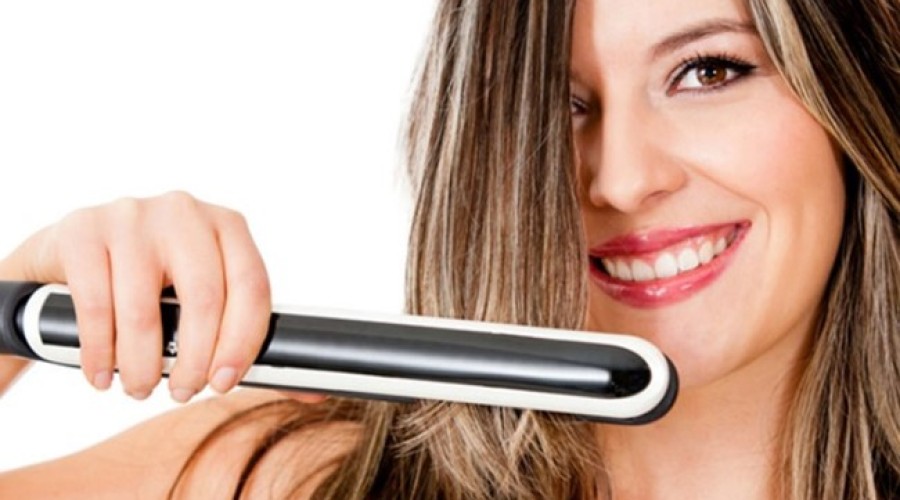13 Dec


1 Comment(s)
520 View(s)
The first hair straightener debuted in the 80’s, and it was very much unlike the sleek modern ones we’re so used to. Back then, they were only two metal plates encased in a plastic handle: clunky, unwieldly, and hardly ergonomic. There was no locking mechanism, no ceramic coating, no variable temperature settings, and certainly no heat-proof exterior casing.
These qualities made the early hair straighteners very unsafe and burdened them with an unsavory reputation.
Thankfully, decades of research, and advances in science and technology have brought many much-needed improvements to hair straighteners. Today, everyone can enjoy styling and straightening their hair in whatever way they want, safely and hassle-free.
But despite these advancements, myths and misconceptions about hair straighteners continue to persist. And while some may have a grain of truth, others do not. Which is why we’ve decided to dispel some of these myths and give you straight facts.
So, the next time you use one of AFRA’s hair straighteners, you can do so without any worries or fears.
“Straightening your hair while wet is a safe shortcut.”
This is a myth that’s often-repeated multiple times. However, it’s completely false. Under no circumstances is straightening wet hair a good idea.
This is primarily due to steam, which arises when you clamp down on damp hair with your straightener. And while a little steam is all well and good when ironing, it’s bad news for your hair’s health.
Steam from damp hair can cause microscopic bubbles to form in the fibers, which in turn can cause cracks in the hair shaft. The result is hair that looks dry and brittle.
Some hair straighteners on the market may claim that they can work on wet hair, but the reality is that this shortcut can cause long term damage. It’s best practice to spend a few extra minutes drying your hair before styling, preferably with a good hair dryer.
It may seem like extra work, but the reward of sleek, healthy hair will more than make up for the effort.
“The higher the heat, the straighter the hair.”
This is another shortcut that often tempts people to crank up the heat on their straighteners, expecting a faster, straighter result. But, as we’ve mentioned before, an increase in heat can be bad news for your hair.
Your straightener has adjustable heat settings for a reason: to help style different hair types. Finer hair, for example, is delicate and is styled best when using lower temperatures. On the other hand, thicker, coarse hair can easily handle higher temperature settings.
Another important thing to note is the consistency of heat. It’s important that your hair straightener does not have warm and cool spots across the plate; this can result in inconsistent heating and parts of your hair can be over or under heated.
“Straightening colored hair will cause your colour to fade.”
If you have colored hair, then you might have heard of this piece of advice many times. While it does have a grain of truth, like all myths, it tends to get blown out of proportion.
While hair dyes can alter the structure of your hair, making it more susceptible to potential damage, they can be protected by a good heat protectant specifically formulated for colored hair.
Additionally, it’s important to be cautious when using heat when dealing with dyed hair. Switching to a lower heat setting on your hair straightener will help to maintain the shine and integrity of your color.
“Straightening your hair will cause it to frizz more.”
Many believe that hair that has been artificially straightened via heat is more prone to frizzing than naturally styled hair. But this is not necessarily true; frizzing usually occurs due to a lack of moisture, lack of proper care, and other factors. It’s best practice to keep your hair as hydrated as possible, especially if you style your hair with heat. Using a good shampoo and conditioner, as well as a heat protectant, goes a long way in keeping your hair moisturized.
If you want to go the extra mile, give your hair a nourishing mask or similar treatment. It’s also important to remember that your general health can also affect the health of your hair in turn, so make sure to maintain a healthy lifestyle and stay hydrated.
Showing 1 to 1 of 1 (1 Pages)

1 Comment(s)
Hair growing faster when you constantly cut it is probably one of the most known myths about hair in the world.
Hi guys, It's astonishing how certain hair myths persist, and the idea that regular trims spur faster growth is undoubtedly one of the most widespread. In reality, hair growth occurs at the scalp, unaffected by the tips being trimmed.
Leave a Comment